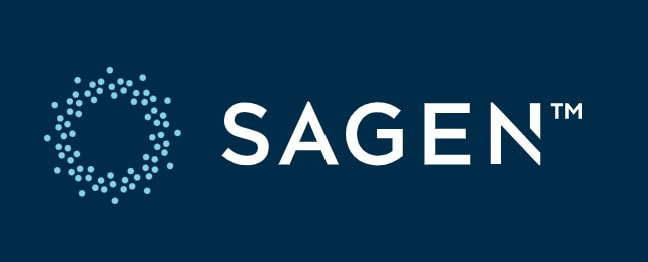What is Mortgage Default Insurance and Why is it Mandatory?
The subject of mortgage insurance is one of the most common areas of confusion when it comes to mortgages. It is important for you to know that there are many different types of insurance that are associated with the word “mortgage”. I’m going to make it very easy for you by explaining the main type of insurance that you need to be aware of – and I am going to call it MORTGAGE DEFAULT INSURANCE.
Mortgage Default Insurance is mandatory if you are getting a HIGH-RATIO MORTGAGE. A high-ratio mortgage is a mortgage where you put less than 20% down as a down payment. There are many other names for Mortgage Default Insurance – some other common names for it are:·
I feel that these terms are too general and they are very often confused with other types of insurance, like mortgage protection insurance and life insurance. Just remember that anytime you hear names like CMHC, Sagen, or Canada Guaranty, you are dealing with the subject of Mortgage Default Insurance. So why is it mandatory? Mortgage Default Insurance is not to protect you. Mortgage Default Insurance protects the lender if you do not make your mortgage payments. Missing a payment is called “defaulting”, hence why I like to call it Mortgage Default Insurance. Lenders cover themselves by obtaining mortgage default insurance whenever they lend for a high-ratio mortgage - and then they pass these costs onto you. How much does it cost? Premiums for Mortgage Default Insurance vary. Here are links to the current rates:
|
The 3 Mortgage Default Insurers
In Canada, there are 3 entities that offer Mortgage Default Insurance:
1. Canada Mortgage and Housing Corporation (CMHC) 2. Sagen 3. Canada Guaranty (formerly AIG) The cost for all of them is the same. However, they all have slightly different guidelines, depending on what kind of high-ratio mortgage you are obtaining (a few examples: primary residence, rental, refinance, business for self, new immigrant, etc.). This brings me to an important note: When you apply for a High-Ratio Mortgage, you must first meet the guidelines set out by the Mortgage Default Insurers. Only after you have been approved for Mortgage Default Insurance can you move onto the next step, which is to meet the guidelines of the bank. Banks generally follow the guidelines set out by the Mortgage Default Insurers, although they all offer different mortgage products. Thus, if you are applying for a High-Ratio Mortgage, the most important thing is for you to do is to qualify for Mortgage Default Insurance. Guidelines for Mortgage Default Insurance include things such as the maximum amount of money you are able to borrow (determined through what is called a Loan-to-Value Ratio), the minimum down-payment required, minimum credit scores, and the maximum amount of other debts permitted. Typically, you do not have to choose which Mortgage Default Insurer to use – your mortgage broker and bank will usually do this for you. This is because many mortgage brokers, banks and/or underwriters have their own preference of which Mortgage Default Insurer they like to work with, usually due to existing relationships and/or similar rules. |
Jennifer Woodley | Dominion Lending Centres Valley Financial Specialists | 604.626.3278 | [email protected]


